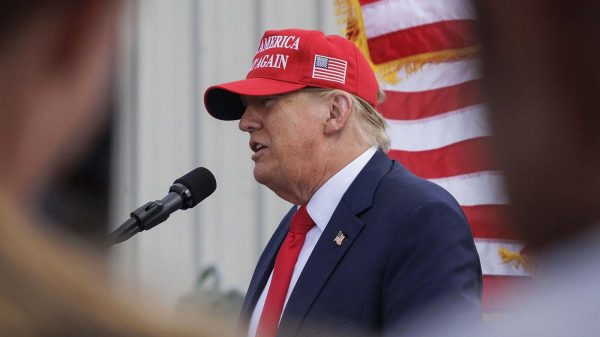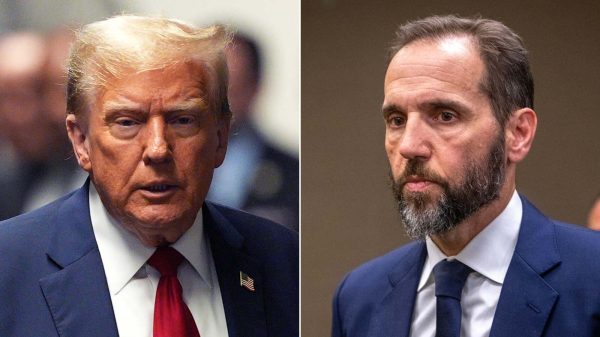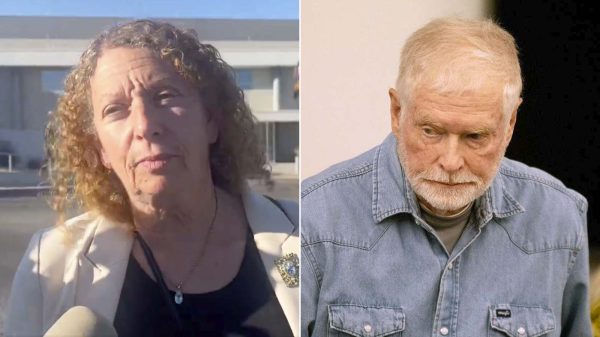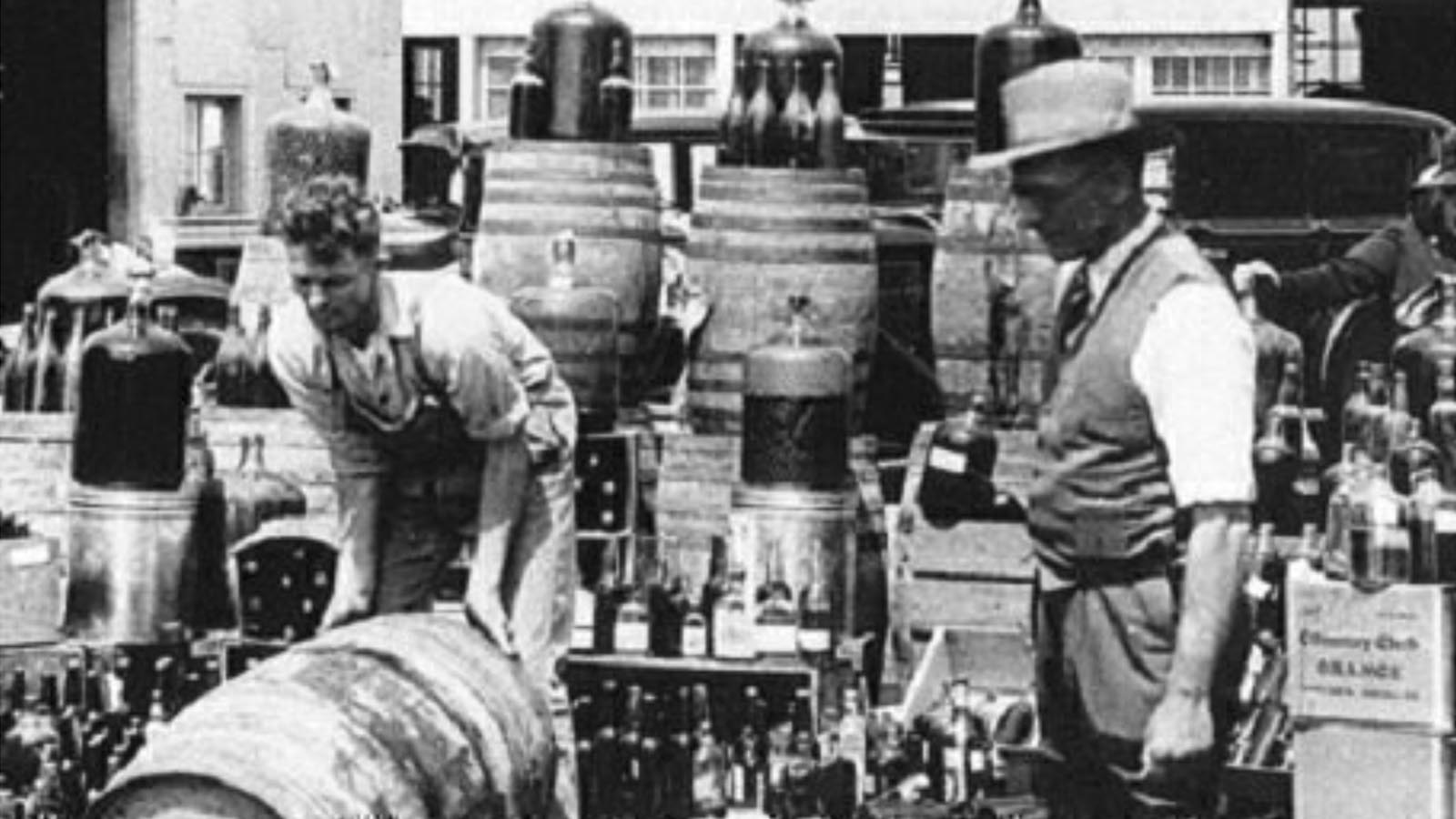On December 5, 1933, three states voted to repeal Prohibition, putting the ratification of the 21st Amendment into place. But did Prohibition really end on that fateful day?
In some ways it did, but just as it had taken a while for laws to be enacted after the passage of the 18th Amendment in 1919, winding down those laws also took some time.
Congress first proposed the 21st Amendment in February 1933, and it took the unusual method of calling for state conventions to vote on the amendment, instead of submitting it to state legislatures. Conventions in Pennsylvania, Ohio, and Utah approved the amendment on that fateful December day, bringing the total to 36 states who wanted to end Prohibition—the three-quarters majority required by the Constitution.
The ratification of the 21st Amendment marked the end of federal laws to bar the manufacture, transportation, and sale of intoxicating liquors. But the 21st Amendment returned the control of liquor laws back to the states, who could legally bar alcohol sales across an entire state, or let towns and counties decide to stay “wet” or “dry.”
Here are five interesting facts about the slow demise of Prohibition:
1. Two states (North and South Carolina) rejected the 21st Amendment before December 5, so the vote was not unanimous.
2. Another eight states didn’t meet before December 5 and didn’t even act to vote one way or the other on the 21st Amendment: Georgia, Kansas, Louisiana, Mississippi, Nebraska, North Dakota, Oklahoma, and South Dakota.
3. One state didn’t end its version of Prohibition until 1966. Mississippi decided to keep its Prohibition laws for another three decades. As of 2004, half of Mississippi’s counties were dry. Today, 17 states don’t allow any of their counties to be dry.
4. It was never illegal to drink during Prohibition. The 18th Amendment and the Volstead Act, the legal measure that included the instructions for enforcing Prohibition, never barred the consumption of alcohol–just making it, selling it, and shipping it for mass production and consumption.
5. The Cullen-Harrison Act, signed about 10 months before the 21st Amendment was ratified, allowed people to drink low-alcohol content beer and wine. Incoming President Franklin D. Roosevelt had the Volstead Act amended in April 1933 to allow people to have a beer, or two, while they waited for the 21st Amendment to be ratified. The first team of Budweiser Clydesdales was sent to the White House to give President Roosevelt a ceremonial case of beer.











